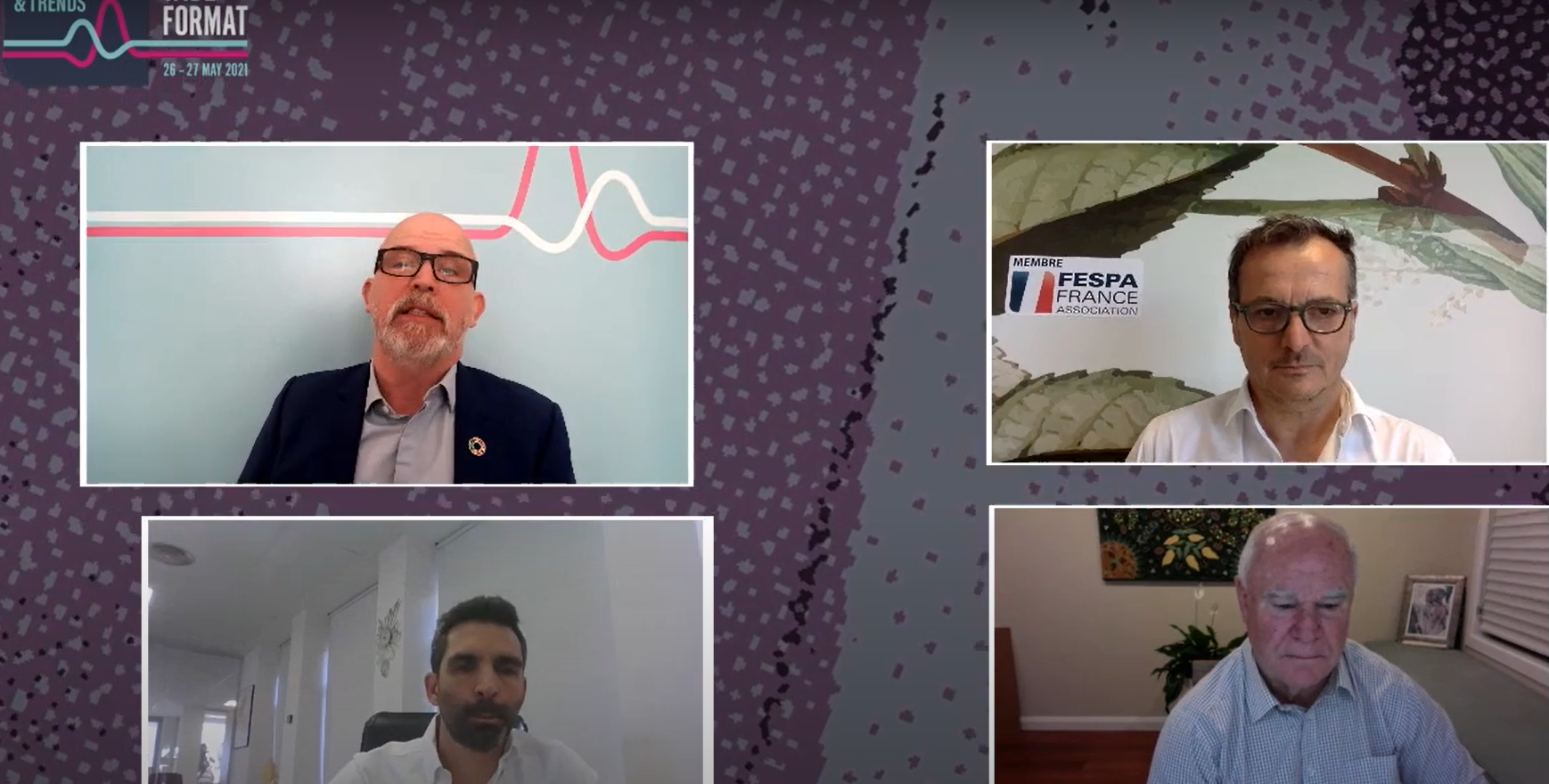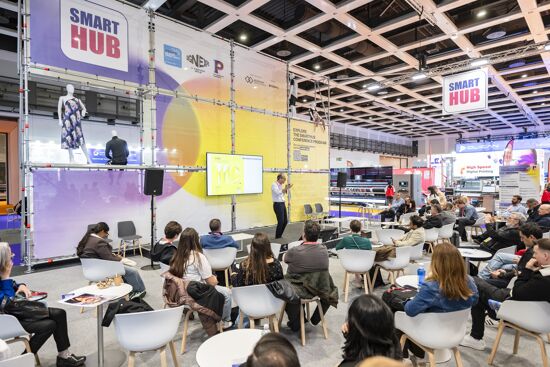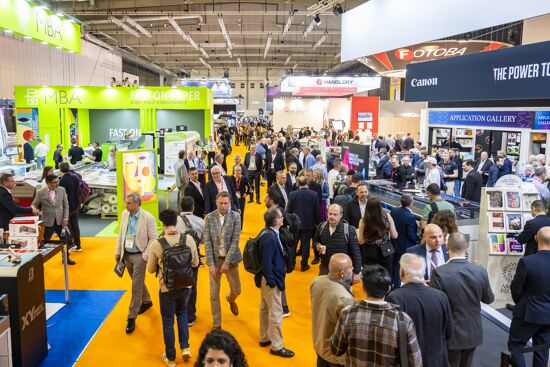Wide Format Trend Talk: Web To Print
.png?width=750)
In our recent FESPA Innovation & Trends (FIT) virtual event for wide format print, we brought together three printers from different countries to discuss trends in wide format and hear their thoughts on what the future holds.
The host: Graeme Richardson-Locke: Technical Support Manager, FESPA. With 35 years’ experience in the industry, Graeme began as an apprentice and progressed through several directorships before joining FESPA in his current role. He is also a member of the Academy of Screen and Digital Printing Technologies.
The experts: Christophe Aussenac: FESPA’s President-Elect and Founder of the ATC group, France, which he established in 1991 and has taken the lead in developing sustainable solutions for its clients in point of sale and wide format graphics.
Keith Ferrel: General Manager of Operations at Cactus Imaging based in Sydney, Australia, which specialises in large-scale outdoor advertising applications and retail point of sale using the latest digital technology.
Javier Rodriguez Centeno: Director General of Grupo Panorama, Spain, a leading printer for retail, events and visual communication.
The Question: Do you see an opportunity for B2B print businesses using workflow automation and web-to-print, to build revenue from B2C clients?
Javier: Yes, of course. We were thinking about this 10 years ago maybe, but we weren't prepared. We were doing some tests with different systems and we wanted to be more flexible, faster and automatic. This is a great challenge because it's hard to imagine what you need and it's hard to do it because we are not IT people, even if we try to be.
In B2C we have several platforms and from the moment the customer pushes the button until it’s printed, everything is automated. We sell our cheapest product for about €5, if you want to earn money with €5, you'd have to automate everything. It's a complex network and a complex framework with a lot of programmes that talk to each other. However, it keeps us connected with the customer and allows us to do everything very fast.
In the case of B2B, it's similar. The necessities are so urgent that we did it for B2B too and because we are traditionally a B2B company, it was easier. What we do here is connect our customers with the factory through our key account managers, who work with the rest of the company digitally. We are a 4.0 factory; we don't work with paper here in the office. We print a lot of paper, but we are completely digital.
We are much faster than we have been in the past. Right now, we can send a quotation in an average of 13 minutes, which is really fast in graphics. Previously, this has taken between 24 and 36 hours. We connect the customers to the factory through our key account managers and they have complete sight of the process. Our customers have their own special platform where they can upload and check their artwork to prove everything is okay. I think this is the way we have to do it, because in the future, there will be less people and more machines. Automation is the future.
Keith: Workflow automation is very, very important. I'll probably use an analogy to put it into some sort of context. 10 years ago in the outdoor industry, outdoor advertising sites used to change on average two change-outs per year. Today, they're every four weeks and soon we're going to fortnightly change-outs. Workflow automation is incredibly important for us. It probably adds up to, are your clients looking to simplify the ordering process? For us, yes, they are.
You can see the whole conversation here, and for more information on FESPA Innovations and Trends events, visit here.
Discover the latest innovations in wide format printing at the Global Print Expo 2021, Europe's leading exhibition for screen and digital wide format print, textile printing and signage. Discover the latest products, network with like-minded individuals and explore new business opportunites. Register now and use promo code FESH101 to receive a discount of 30 euros.
最近的新闻

行业专家探讨纺织行业智能制造的变革
在“个性化体验2025”峰会上,FESPA SmartHUB圆桌会议探讨了智能制造对纺织行业的变革性影响。专家们强调了在数码印花、数据分析和自动化的推动下,向按需定制的转变。关键要点包括:增强机器控制;通过智能软件和色彩管理显著减少浪费;以及通过能源效率和近岸外包提高可持续性,确保纺织生产的灵活性和环保责任。

FESPA 2025 汇聚柏林专业印刷行业的领军人物
FESPA 2025全球印刷博览会、欧洲标识博览会及个性化体验展(2025年5月6日至9日,德国柏林展览中心)诚邀来自专业印刷行业的远见卓识者齐聚一堂,共同塑造印刷业的未来,制定前瞻性的商业战略,并探索将新兴行业趋势转化为切实增长机会的创新方法。

利用 Adobe Print Engine 7 探索尖端纺织印花创新
Adobe PDF Print Engine 7 在 FESPA Global Print 2025 上发布,显著提升了纺织品印花技术。Debbie McKeegan 分享了它如何实现非白色基材管理和 RGB 色彩处理的自动化,如何通过 RIP 内多色透明度混合扩展色域,以及如何简化工作流程以提高效率和可持续性。此次更新增强了定制化能力,减少了浪费,并使企业走在数字印刷创新的前沿。

FESPA 2025 全球印刷博览会 - 整体亮点
欧洲领先的印刷和标牌展览会——FESPA 全球印刷博览会将于 2025 年 5 月 6 日至 9 日重返柏林展览中心。